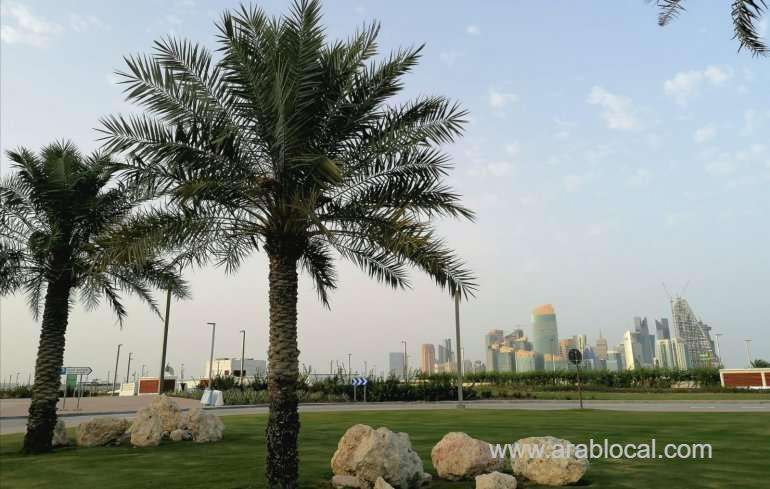
Doha: Moody’s Investors Service, (Moody’s) has affirmed Qatar’s long-term issuer and foreign-currency senior unsecured debt ratings at Aa3 and maintained the stable outlook.
The rating affirmation is supported by a number of strengths embedded in Qatar’s credit profile, which underpin the sovereign’s resilience to shocks, including the current shock triggered by the coronavirus pandemic and lower global oil prices.
In particular, these strengths include Qatar’s exceptionally high level of per-capita income, its very large hydrocarbon reserves with low extraction costs, the government’s very robust net asset position, and an established track record of macroeconomic policy effectiveness.
The affirmation also reflects Moody’s expectation that over the next few years the government will reduce its debt burden below 50 percent of GDP from an estimated peak of around 68 percent of GDP in 2020 through the combination of announced fiscal consolidation measures and a planned debt reduction exercise which will draw on the government’s accumulated contingency reserves.
The stable outlook balances elevated regional geopolitical risks and the risk that an extended period of depressed oil prices delays the anticipated reversal of the weakening in government debt and debt affordability metrics against the potential fiscal and economic upside stemming from the planned expansion of the liquefied natural gas (LNG) production capacity.
Moody’s has also affirmed the Aa3 backed senior unsecured issuer rating of SoQ Sukuk A, a special purpose vehicle incorporated in the State of Qatar, which is wholly owned by the Government of Qatar and its debt issuance is, in Moody’s view, ultimately the obligation of the Government of Qatar.
Qatar’s long-term foreign-currency bond and deposit ceilings remain unchanged at Aa3 and the short-term foreign-currency bond and deposit ceilings remain unchanged at P-1. Qatar’s long-term local-currency bond and deposit country risk ceilings also remain unchanged at Aa3.
Moody’s expects Qatar’s economy to contract by 3.5 percent this year, largely due to the impact of the pandemic and government spending cuts on the non-hydrocarbon sector, whereas the decline in nominal GDP will be nearly four times as large, being magnified by the decline in oil prices.
Nevertheless, Qatar’s exceptionally high per-capita income level, which was $132,886 in 2019 on a purchasing power parity (PPP) basis, and the sovereign’s extraordinary natural resource wealth provide an effective mitigant to a period of subdued growth. The exceptionally high per-capita income levels affords the government a relatively high degree of policy flexibility to adjust to large fiscal shocks without triggering social stability concerns, more so that Qatar’s citizens (Qatari nationals) account for only around 10 percent of the total population and their unemployment rate, which has only a very weak link to the level of economic activity in the non-hydrocarbon sector, was less than 0.5 percent in 2019.
Qatar’s relatively weak growth outlook is also mitigated by its very high level of proved hydrocarbon reserves, which will ensure that Qatar would be able to produce natural gas and crude oil at around the current rate for more than another 100 years. Qatar’s very low natural gas extraction and LNG production costs, which Moody’s estimates to be among the lowest globally at around $2 per million British thermal units, give it a uniquely competitive position in the global natural gas market, where it is the largest LNG exporter, and position it well against the potential longer-term impact of carbon transition of demand and prices of fossil fuels.
Moody’s expects Qatar’s debt burden to revert broadly back to its 2017 level of around 50 percent of GDP by the end of 2023 through the combination of spending cuts, announced by the government in response to the pandemic, the debt repayment exercise which the government plans to carry out before the end of 2021, and the recovery in nominal GDP as a result of the assumed gradual increase in oil prices to around $50-55/barrel in the medium term.
The stable outlook balances a number of risks stemming from Qatar’s exposure to regional geopolitical tensions and its exposure to fluctuations in global energy demand and prices against the longer-term growth and revenue upside potential related to the planned expansion of Qatar’s LNG production capacity and the government’s plans to further reduce capital spending.
SOURCE: THEPENINSULAQATAR